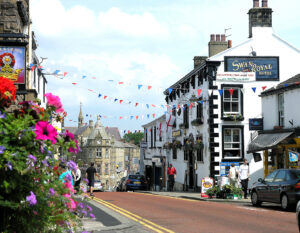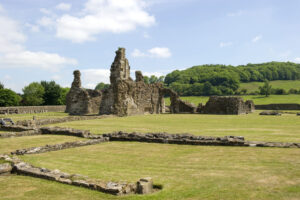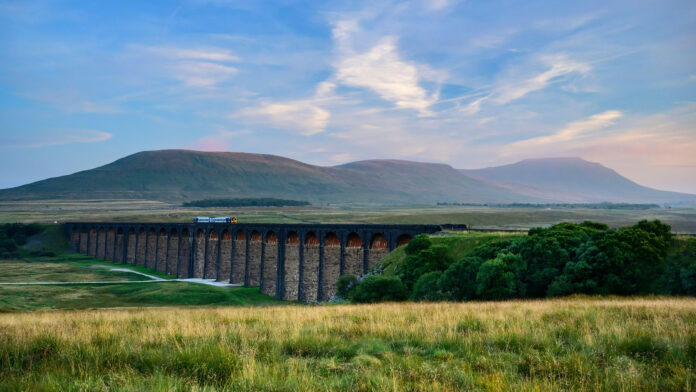Central to the Wars of the Roses, a hub of the Industrial Revolution and the location for a notorious witch trial, historic Lancashire is now a serene region of rolling hills and old-world villages
WORDS Catherine Jones
When William Blake wrote about ‘Jerusalem’ being built among England’s pleasant pastures, mountains green and dark satanic mills, he could have been describing the landscape of 19th-century Lancashire. And 200 years on, Lancashire is still a land of contrasts: of populous former mill towns and a varied 130-mile stretch of coastline backed by stunning countryside.
Perhaps surprisingly, given its key role within the history of the Industrial Revolution, four-fifths of the ‘Red Rose County’ remains rural. Bordered by the Lake District to the north and the Yorkshire Dales to the east, Lancashire’s countryside is redolent of both – a mix of moorland, stone wall-bounded fells and valleys, saltmarshes and waterways, all threaded with walking trails.
Before industrialisation, Lancashire’s early history embraced Roman and Viking settlements, Saxon homesteads and Norman conquerors – and it was from the red rose symbol adopted in the 14th century by John of Gaunt, 1st Duke of Lancaster, that the county inherited its famous floral moniker. You can find remnants of Lancashire’s former inhabitants scattered throughout the county, from the remains of a Roman fort at Ribchester to ancient stone barrow graves near the ruins of the 8th-century St Patrick’s church at Heysham, and the Saxon ‘cruck’ barn at Rivington Hall.

Meanwhile the ancient market town of Clitheroe nestles beneath the clifftop remains of a 12th-century Norman castle, now home to a museum and set in 16 acres of landscaped gardens. Clitheroe sits at the heart of the scenic Ribble Valley and on the edge of the Forest of Bowland, an Area of Outstanding Natural Beauty that encompasses sweeping moorland, wooded valleys and the dramatic Gisburn Forest.
Narrow roads, hugged by drystone walls, wind their way through the landscape from one picturesque village to the next, where centuries-old houses still sport original mullions and datestones. The ruins of a 14th-century Cistercian abbey lie beside the River Calder at Whalley, while the jagged remains of a second abbey, at nearby Sawley and now in the care of English Heritage, date from 1148.

The picture-perfect village of Downham sits in the shadow of the gritstone Pendle Hill, where in 1652 the preacher George Fox had a vision of “a people in white raiment, coming to the Lord” before founding the Quakers. However, it remains more famous for the 12 local ‘witches’ at the heart of one of the darkest moments in British legal history.It was claimed the 11 women and one man had brought about several deaths by sorcery and had cursed others in the moorland community. The accusations were levelled chiefly by and against two local families, the Devices and the Whittles, and were tinged with rivalry and revenge. The Pendle Witches traversed the Trough of Bowland’s high pass on their journey to Lancaster where they were tried, alongside the so-called Samlesbury Witches, at the summer assizes of 1612; ten of the Pendle accused were sentenced to death. The assizes were held at Lancaster Castle.

The magnificent and impenetrable Grade I-listed medieval landmark is today owned by the Queen through the Duchy of Lancaster and stands on a hilltop where the Romans once built a series of garrison forts.Generations of judges who decided the fate of defendants stayed in lodgings in the city, and the Judges’ Lodgings Museum dates from the 1620s when it was built for Thomas Covell, the Keeper of the Castle responsible for locking up the Pendle Witches among others.






 © 2024
© 2024